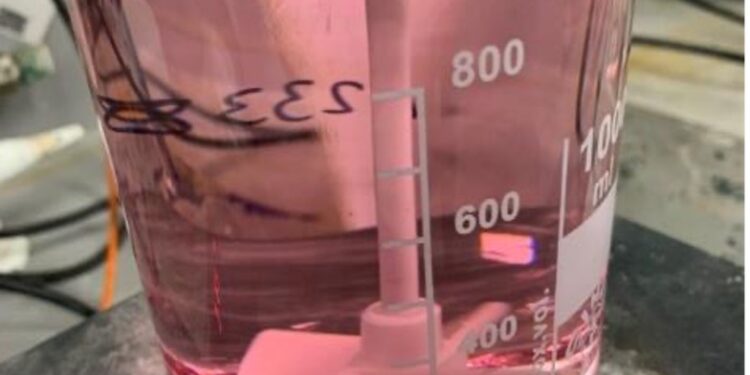Firebird Metals Limited (ASX: FRB) has obtained “excellent” results from a high-purity manganese sulphate monohydrate (HPMSM) test work programme, completed on manganese ore from the company’s flagship Oakover Project in the Eastern Pilbara region of Western Australia.
“This is an outstanding result and places Firebird and Oakover in a very strong position moving forward,” Managing Director, Peter Allen, said.
“To produce greater than 99.8% manganese sulphate purity from our first test work program is a testament to the hard work and dedication of our team and advisors. It is highly encouraging that this result meets the requirements for battery grade specifications and highlights the high-quality nature of our flagship Oakover Project.
“Importantly, we are developing Oakover at a time where demand for manganese within the lithium-ion battery sector continues to grow rapidly, as electric vehicle and battery cathode manufacturers have stated their desire to increase the amount of manganese within lithium-ion batteries, due to the cost benefits obtained whilst maintaining energy density.
“We have taken a major step as a manganese developer and we will now focus our attention to rapidly progressing and completing our high-purity manganese sulphate scoping study, which we announced in October.”
HPMSM Overview
The company’s maiden HPMSM metallurgical flowsheet development program has delivered impressive results from hydrometallurgical test work and importantly, confirmed that Oakover manganese ore can be processed into battery grade HPMSM for the burgeoning battery industry.
Leaching test work feed material was generated from diamond drill core from all Oakover manganese ore domains of the Sixty Sixer, Jay-Eye and Karen deposits. Multiple scouting leaching tests were completed on Oakover Mn feed, which had been crushed, screened and scrubbed, but not beneficiated further (ore sorted/DMS) and then ground to below 0.5mm prior to leaching.
The most recent scoping test program utilised combined selected pregnant leach solutions (PLS) obtained from the earlier leaching test work on Oakover ore. The PLS was subjected to a sequence of typical impurity removal steps, followed by crystallisation of crude manganese sulphate. The crude manganese sulphate was then redissolved and recrystallised and washed to produce HPMSM crystals.
High precision trace element analyses for typical impurity elements was conducted to determine impurity levels in the crystals and estimate the overall purity of >99.8% manganese sulphate monohydrate by difference. Levels of individual impurity elements listed in the Manganese Sulphate for Battery Materials Specification (HG/T 4823-2015) were all within specified limits.
Importantly, hydrometallurgical test work success is the first major step required for developing a process for production of HPMSM for the Battery Industry.
Key results from the hydrometallurgy program include:
• Ore amenable to initial beneficiation and preparation (crush, scrub, screen, grind)
• Ore amenable to reductive acidic leaching
• 93-97% Mn leach extraction in 4 hours
• Heat generated by the reaction
• Mn concentrations of 70-140g/l in Pregnant Leach Solution
• Impurity removal through multistage precipitation and crystallisation
• HPMSM crystals produced at >99.8% purity
• HPMSM containing >32% manganese
Firebird will now prioritise ongoing process flowsheet development and optimisation studies to further enhance process design and product quality, along with completion of a high-purity manganese sulphate scoping study.
For further information please visit: https://firebirdmetals.com.au/












